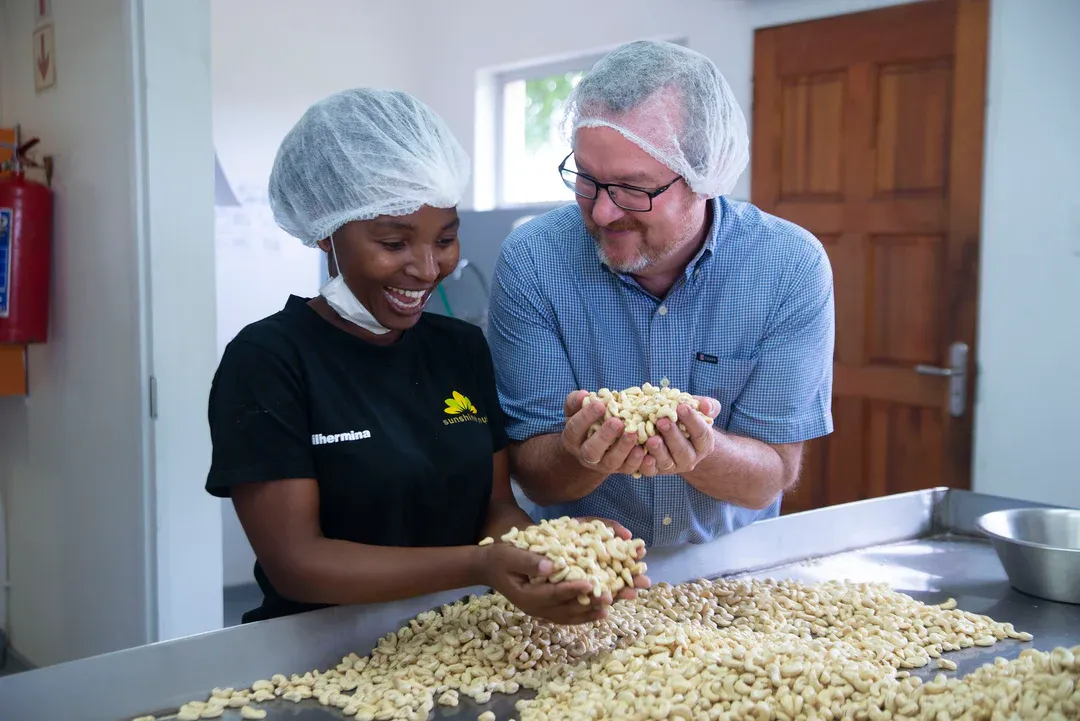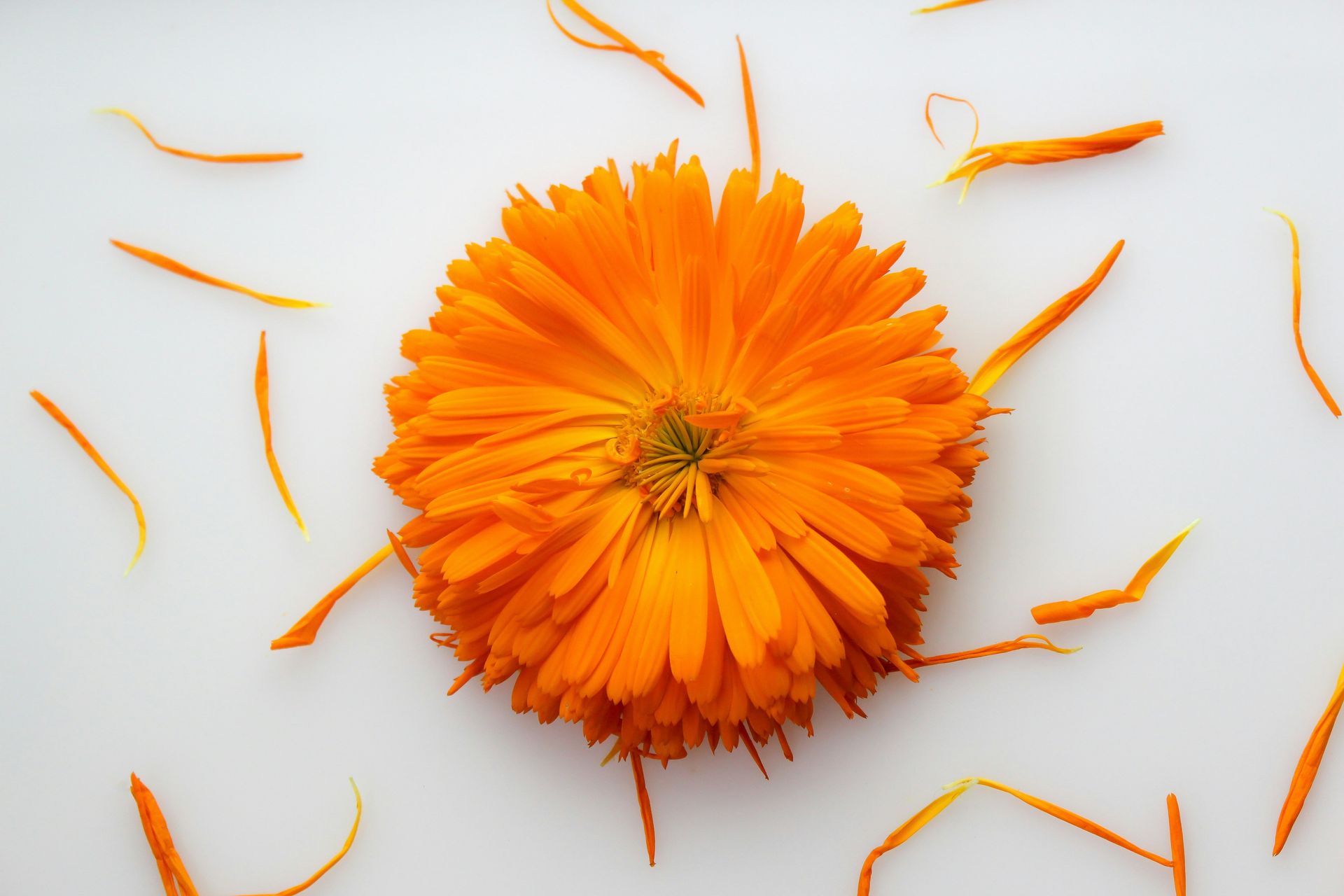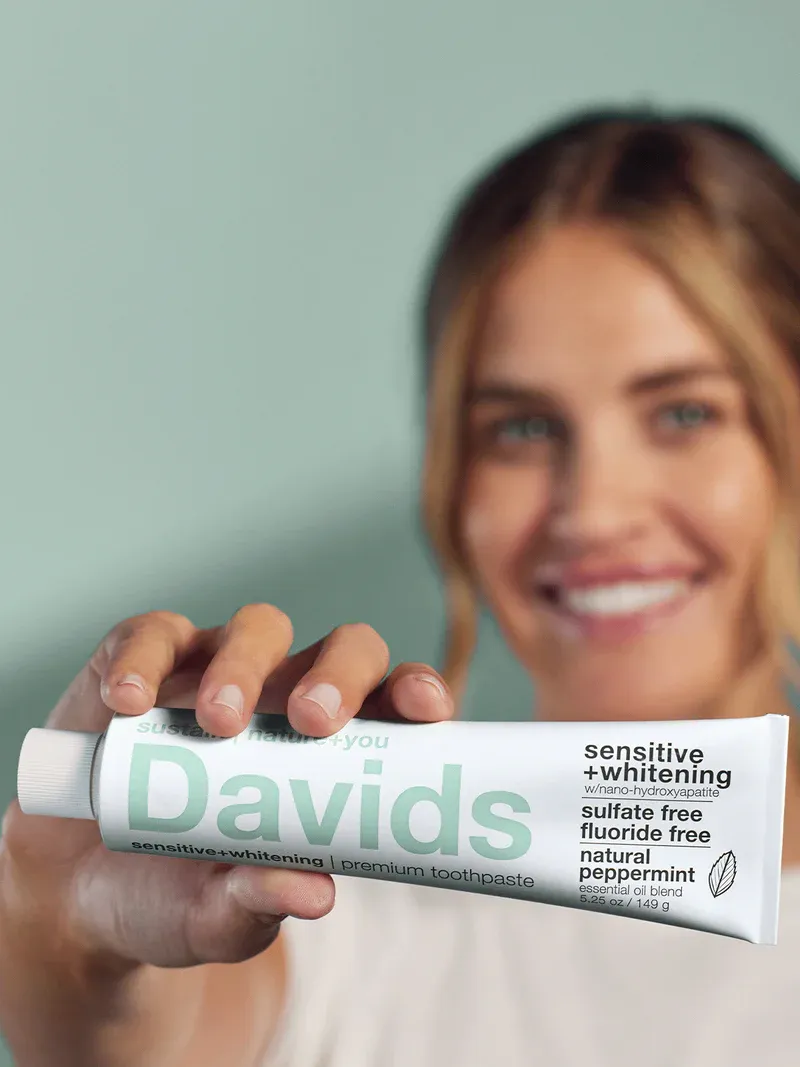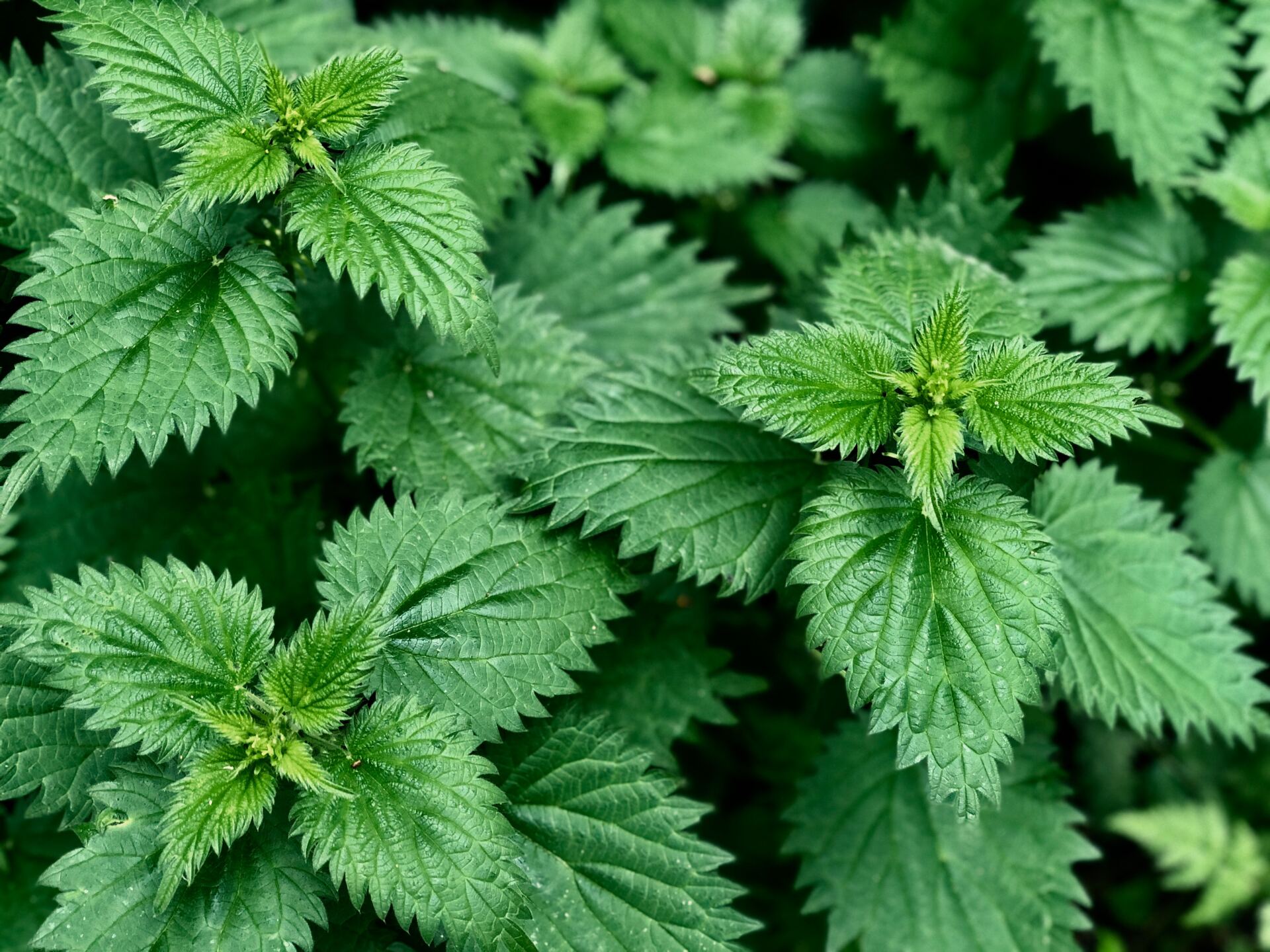








If you missed part one of The Amazing Microbiome: A Microscopic Ecosystem Within Our Body, you can find it here.
Last month, we discussed how the unique, microscopic ecosystem of bacteria, yeast, fungi and even some viruses living inside us form a synergistic partnership for our benefit. Research is continuing to clarify how this ecosystem has a profound ability to influence our wellbeing. The scientific community has launched The Human Microbiome Project (HMP) in order to better understand this connection.
Below are some of the most intriguing findings so far:
Discoveries in Microbiome
The data obtained through the HMP has resulted in over forty published research studies. Each one has opened new insights into topics we are only just beginning to understand.9
What do we now know about the microbiome?
13,14,15,16
1. Diversity exists within healthy microbiome habitats in and on our bodies. Similar to how tropical plants thrive in the tropics and cacti thrive in the desert, our microbes naturally thrive and inhabit specific areas of our bodies. Knowing bacteria thrive in certain habitats highlights the importance of protecting exogenous probiotic supplements through the harsh gastric environment. In fact, depending on the microbial species a majority of probiotics will be killed after supplementation if preventative measures aren’t used to protect them from stomach acid. Specialized enteric coatings on capsules and tablets work well to limit disintegration in the stomach and safeguard probiotic viability until they reach the intestinal tract. In addition, it’s important to find probiotic supplements designed for a targeted demographic to account for microbiome habitat diversity.
2. Our microbiome is constantly changing. Many factors can shift the microbial community landscape throughout our lives, resulting in dysbiosis, or an imbalanced microbiome. Factors such as diet, environment, host genetics, early microbial exposure, and even pregnancy have an influence on our microbiome. However, we know our microbiome can be rebalanced by targeted probiotic supplementation and probiotic-rich foods.
3. HMP researchers report that microbes contribute about 360 times more genes responsible for human survival than our own human genes contribute. The microbiome is an integral part of the following aspects of human health:
• Production of essential vitamins like K2, B12, folate and riboflavin (humans do not have the genetic ability to create these vitamins)
• Enhanced immune function
• Glucose levels and metabolic regulation
• Energy extraction from food
• Pathogenic microbe suppression
• Regulation of the gut-brain axis
Although the Human Microbiome Project (and subsequent research) answers many questions, it is clear that an opportunity exists to explore the untapped potential of the microbiome.
We have only scratched the surface of this amazing micro world. In the coming years, researchers around the world will make remarkable advances in medicine through greater understanding of the microbiome. What we have recently learned highlights the importance of quality, multi-strain, specialized probiotic support. Opportunities for innovation exist in multiple demographic and condition-specific categories, including: women’s health, men’s health, 50+, weight support, oral support, digestive support and many more categories! This is a truly exciting time for science, medicine, and global health!
Christine Toomasi is a licensed Naturopathic Doctor
with a special interest in metabolic and digestive
health and the human microbiome. She has had
articles published in the Natural Medicine Journal,
as well as a peer reviewed professional journal. Dr.
Toomasi provides medical, scientific and regulatory
guidance to Nutraceutical Corporation brands where
she offers research support for product development
and education advancement. Dr. Toomasi is an
active member of the American Society for Quality,
Gastroenterology Association of Naturopathic
Doctors and Low Carb Diabetes Association.
References









Please give us a call for today’s deli hours as they can vary due to staffing.
Grab and go options are always available until close.
FEDERAL WAY
Monday-Saturday: 8 am - 8 pm
Sunday: 9 am - 7 pm
Please call for current deli counter service hours. Grab and go options available until closing.
2565 S. Gateway Center Place
Federal Way, WA 98003
TACOMA
Monday-Saturday: 8 am - 8 pm
Sunday: 9 am - 7 pm
Please call for current deli counter service hours. Grab and go options available until closing.
2951 S. 38th Street
Tacoma, WA 98409